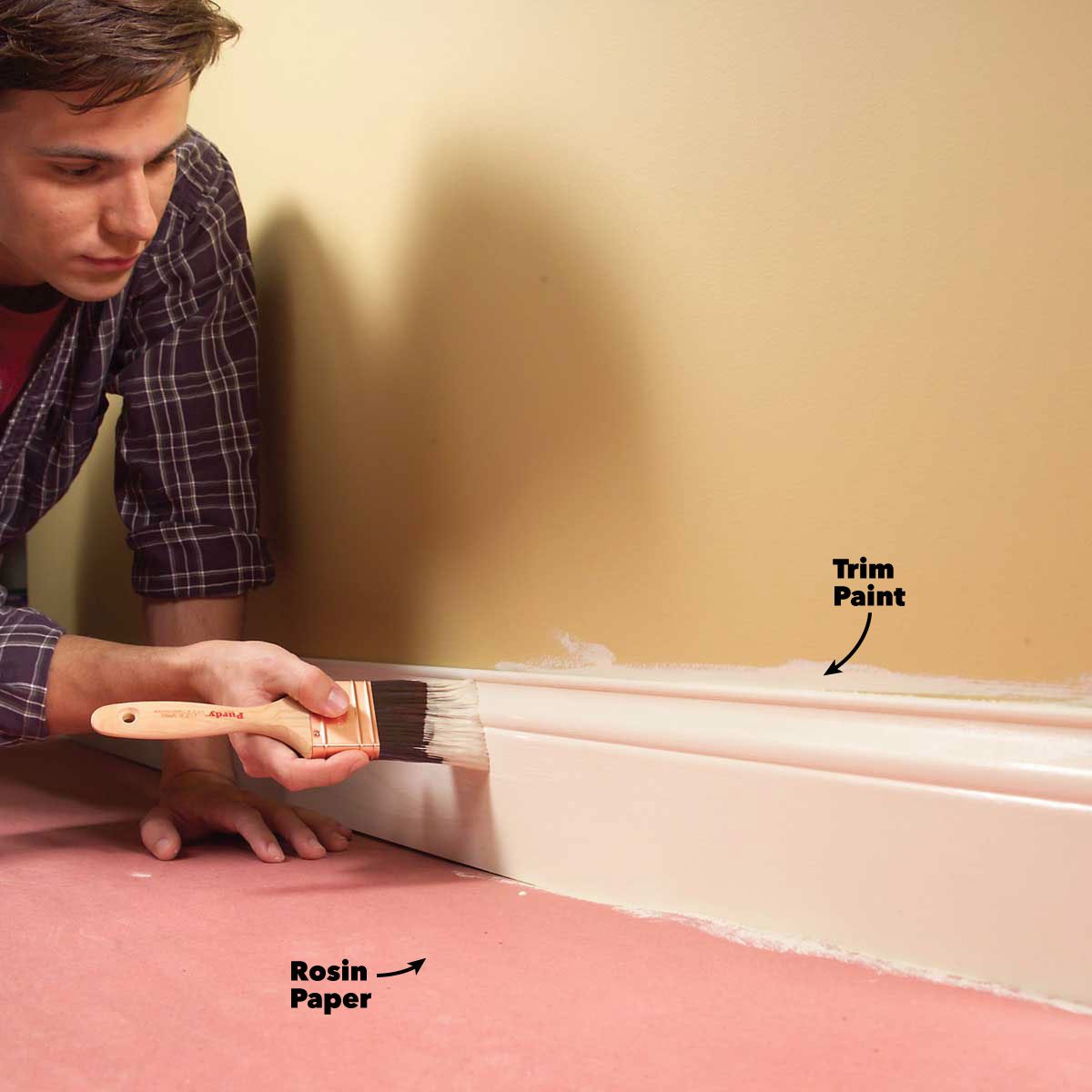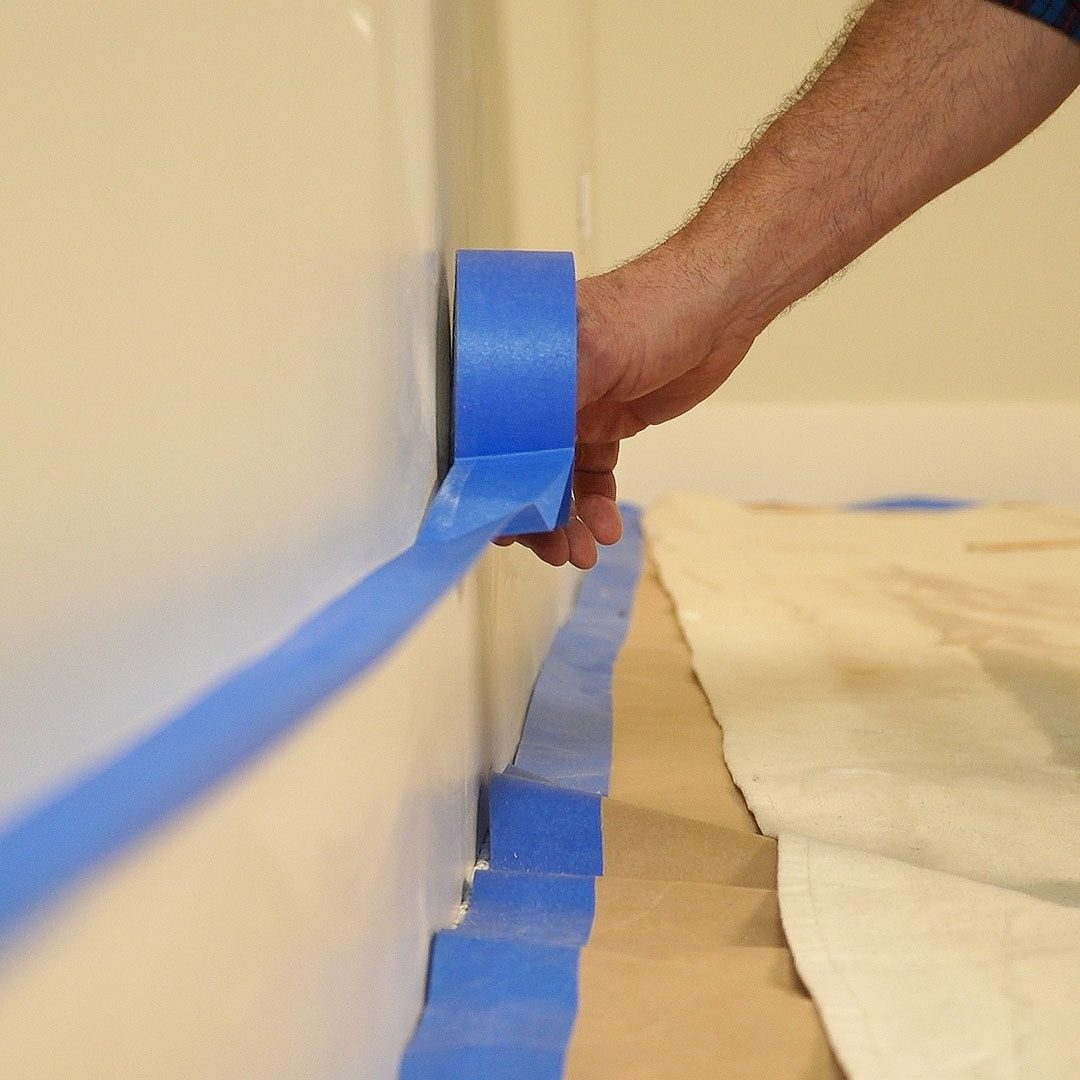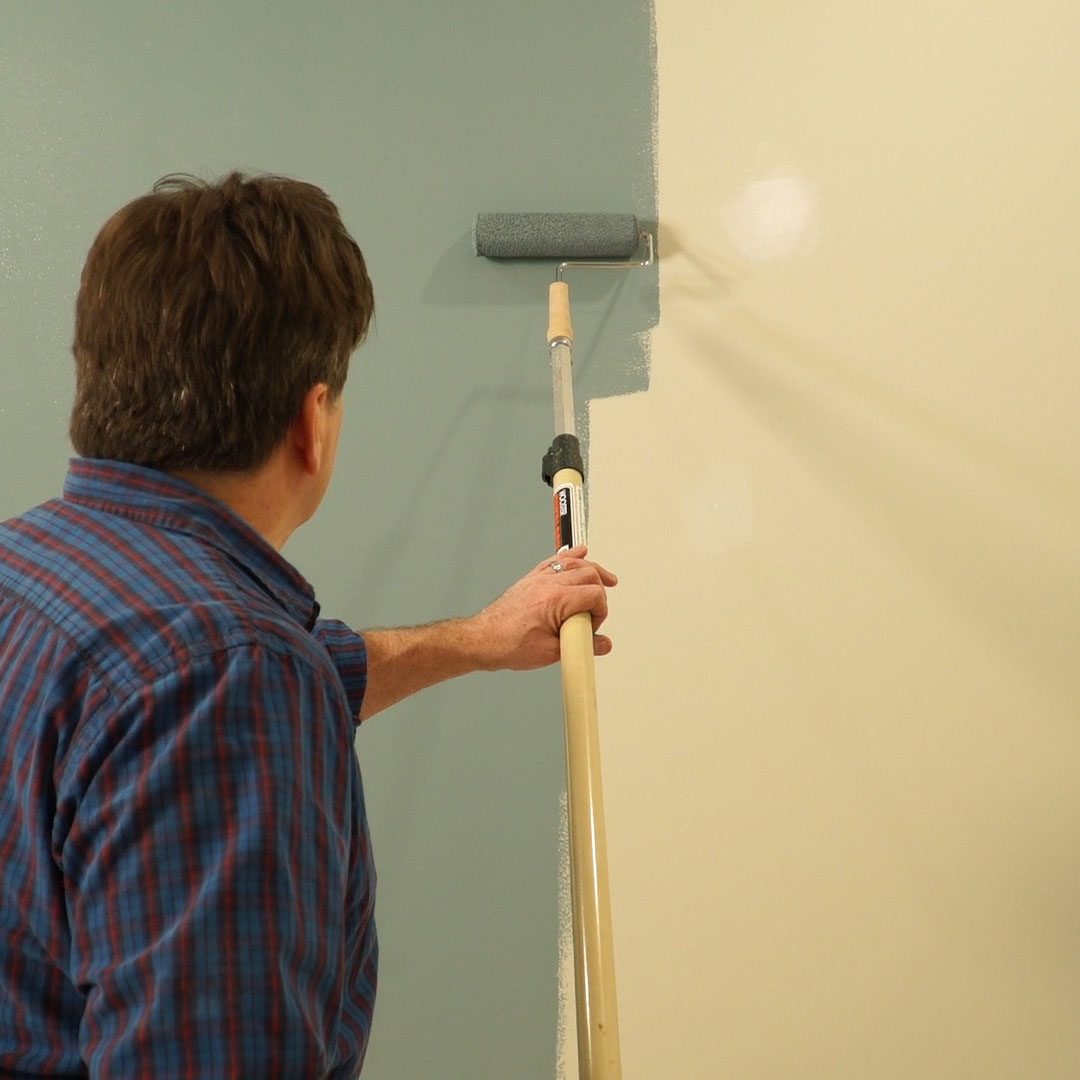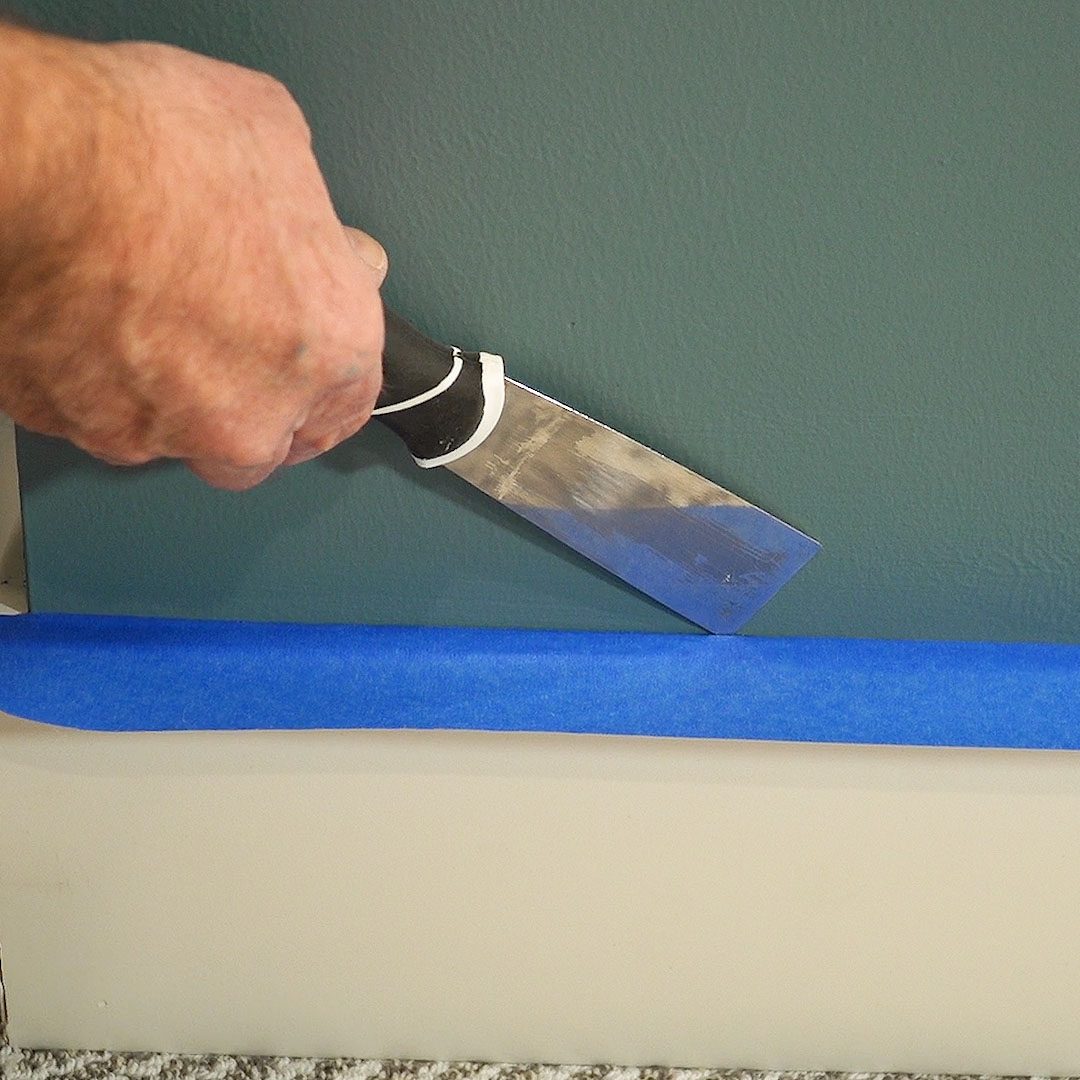Room painting project
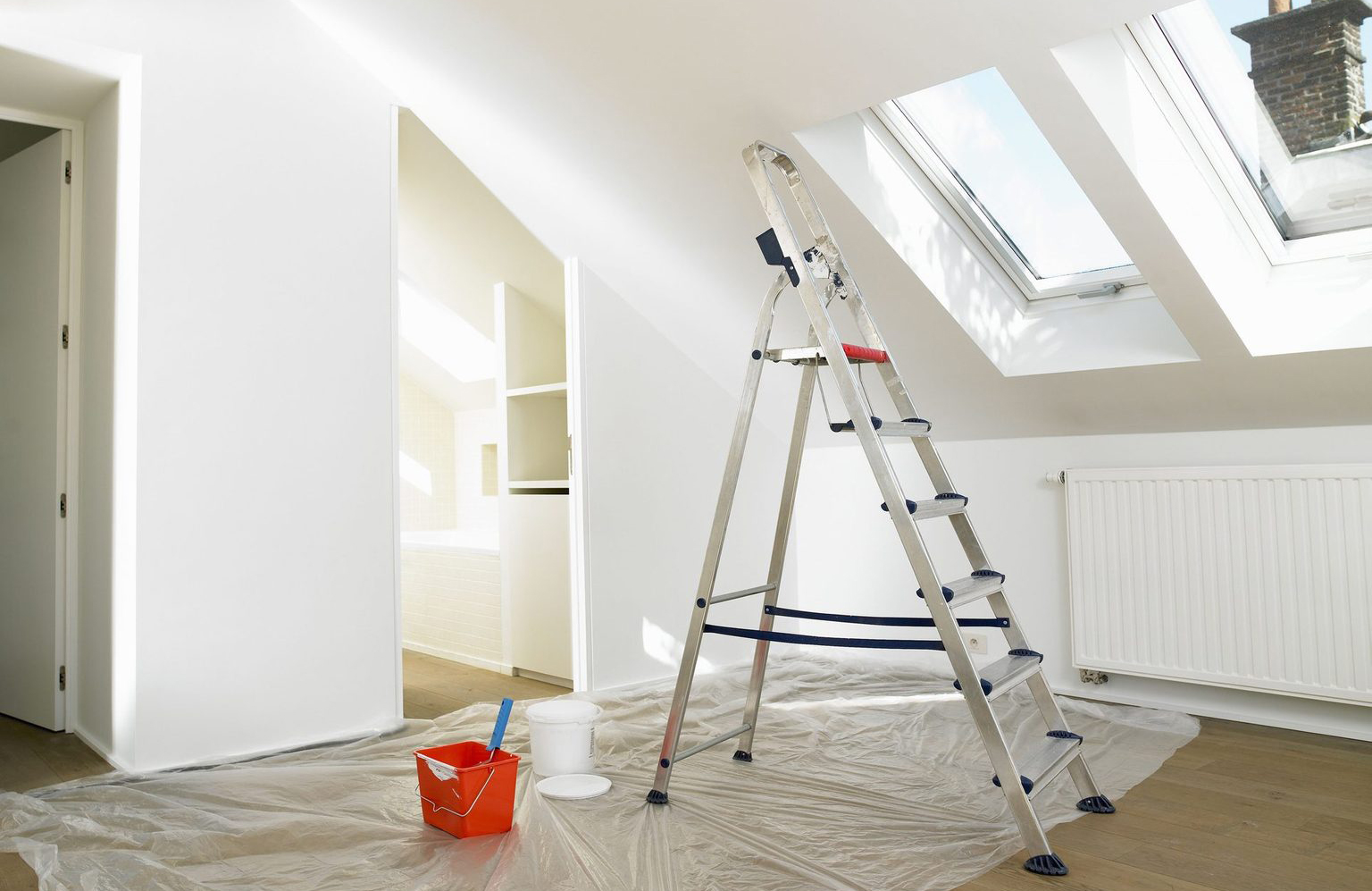
If there’s a painting project in your near future, follow this step-by-step on what you’ll need and how to plan and execute it.
Tools required
Bucket
Drop cloths
Flexible putty knife
Long-handled roller
Paint brush
Paint tray
Roller frame
Sponge
Stepladder
Materials required
4 litres of paint
Ceiling paint
Masking paper
Paint samples
Paint stir sticks
Painter’s tape
Stain-blocking primer
Trim paint
TSP or other heavy-duty wall cleaner
2 10mm-nap roller sleeves
Wall spackling compound
Step 1: Choose a colour
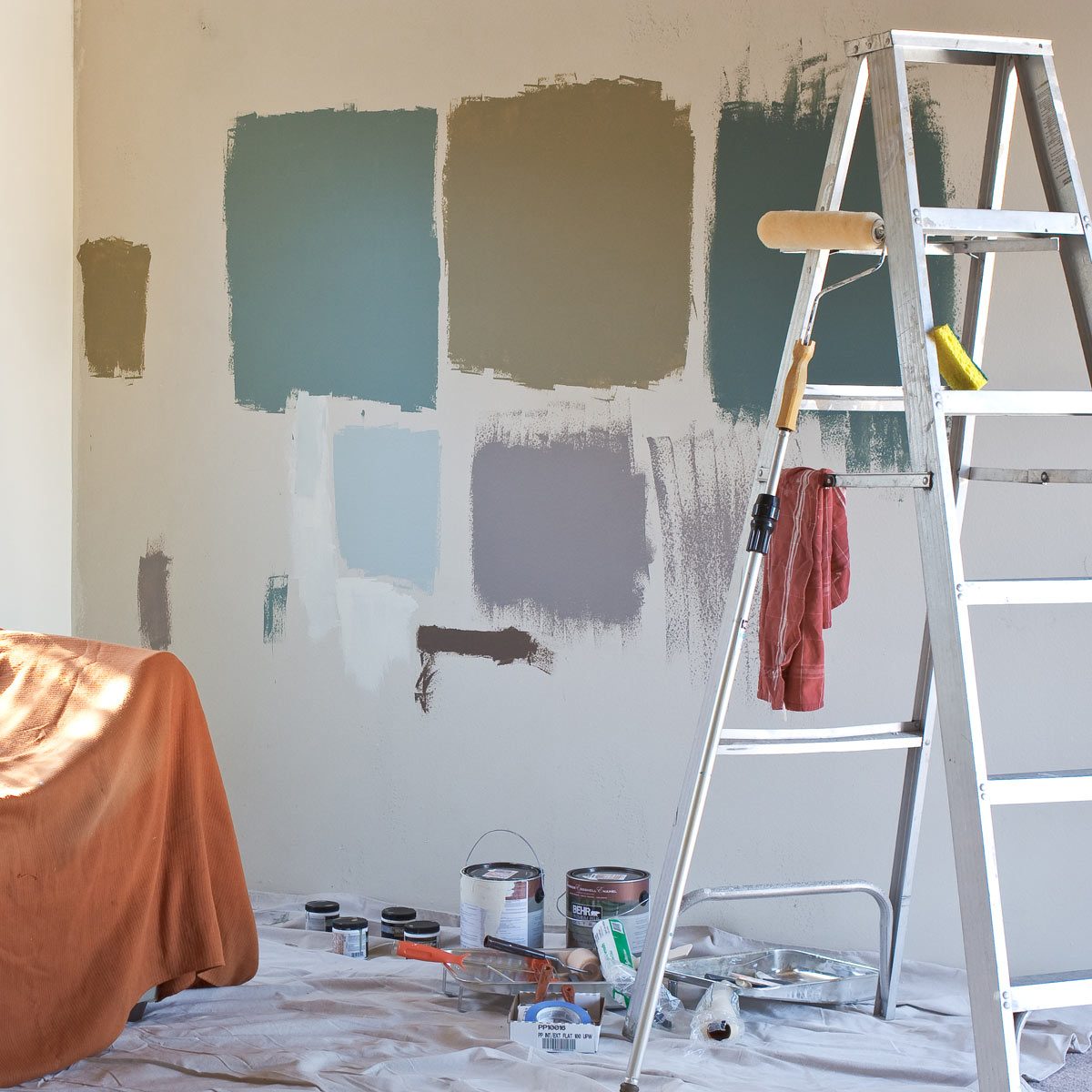
The first question to ask yourself even before you pick up a paintbrush is: How do I choose a paint colour?
Head to your home centre or paint store and have them mix three or four colour samples for you.
Test your colour samples on different parts of the room to get a feel for the paint colours. Keep in mind different lighting in the room will change the colour drastically.
Choose a paint finish
Gloss finish is the most light-reflective of any paint choice and is easily washable. Great for wood trim, cabinets and doors.
Semi-gloss finish is somewhat reflective, durable and helpful in areas that need to be cleaned regularly. Great for kitchens, bathrooms, cupboard doors, trim and utility areas.
Satin finish has just a little shine so it’s easily cleaned. Also great for high-traffic areas like kids’ bedrooms, kitchens, living rooms, entryways and hallways.
Matte and flat finishes absorb the light instead of reflecting it, so they work well on walls with imperfections. Great for bedrooms and any uneven walls, or walls with texture.
Step 2: Protect your floors and furniture

Tape down masking paper or rosin paper to the floor and carpet along the skirting boards to protect them from paint splatters and spills.
Spread a drop cloth on the floor and over any furniture in the room you’re painting. Fabric drop cloths work better for this – they’re less slippery than plastic drop cloths.




